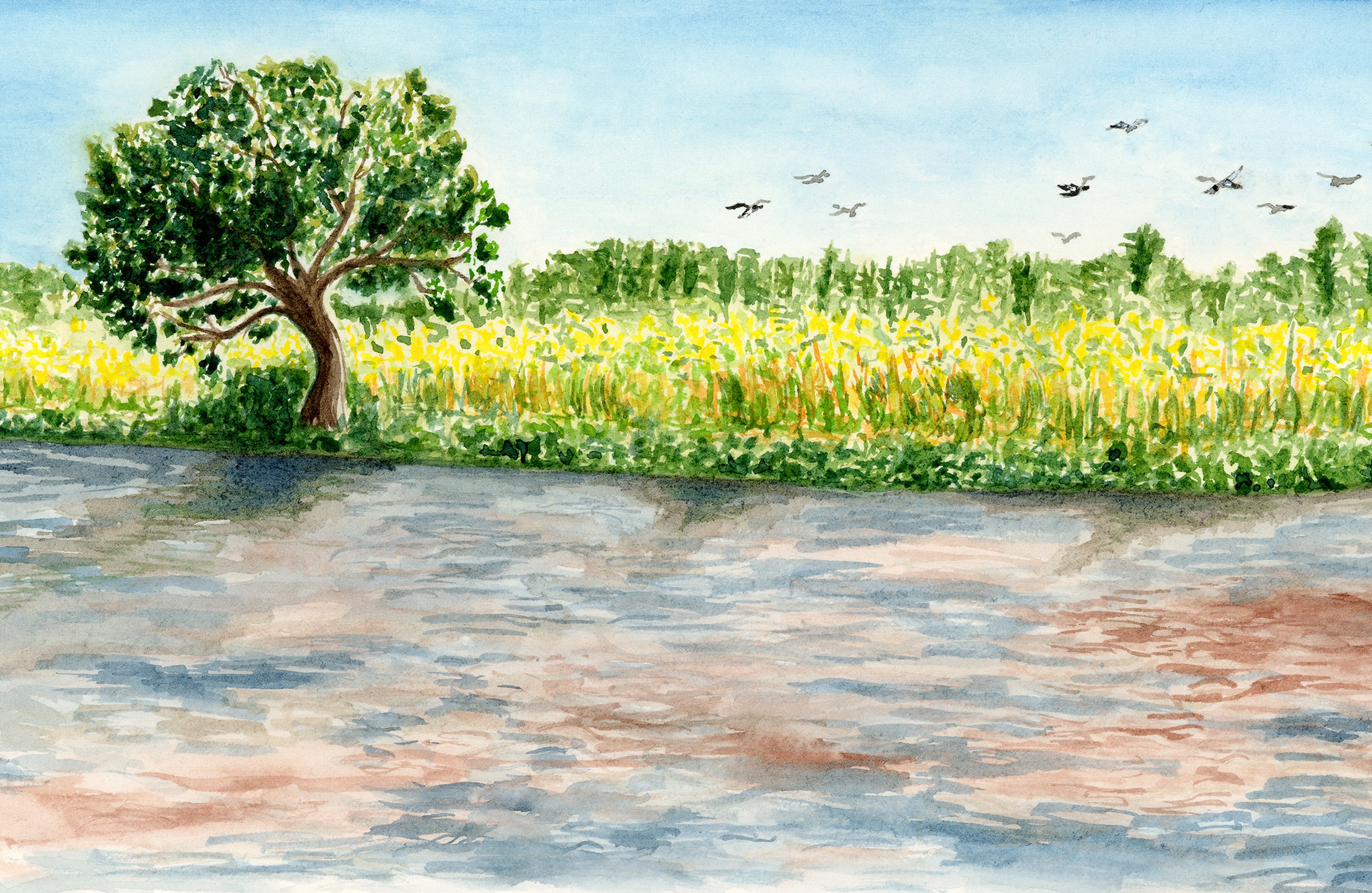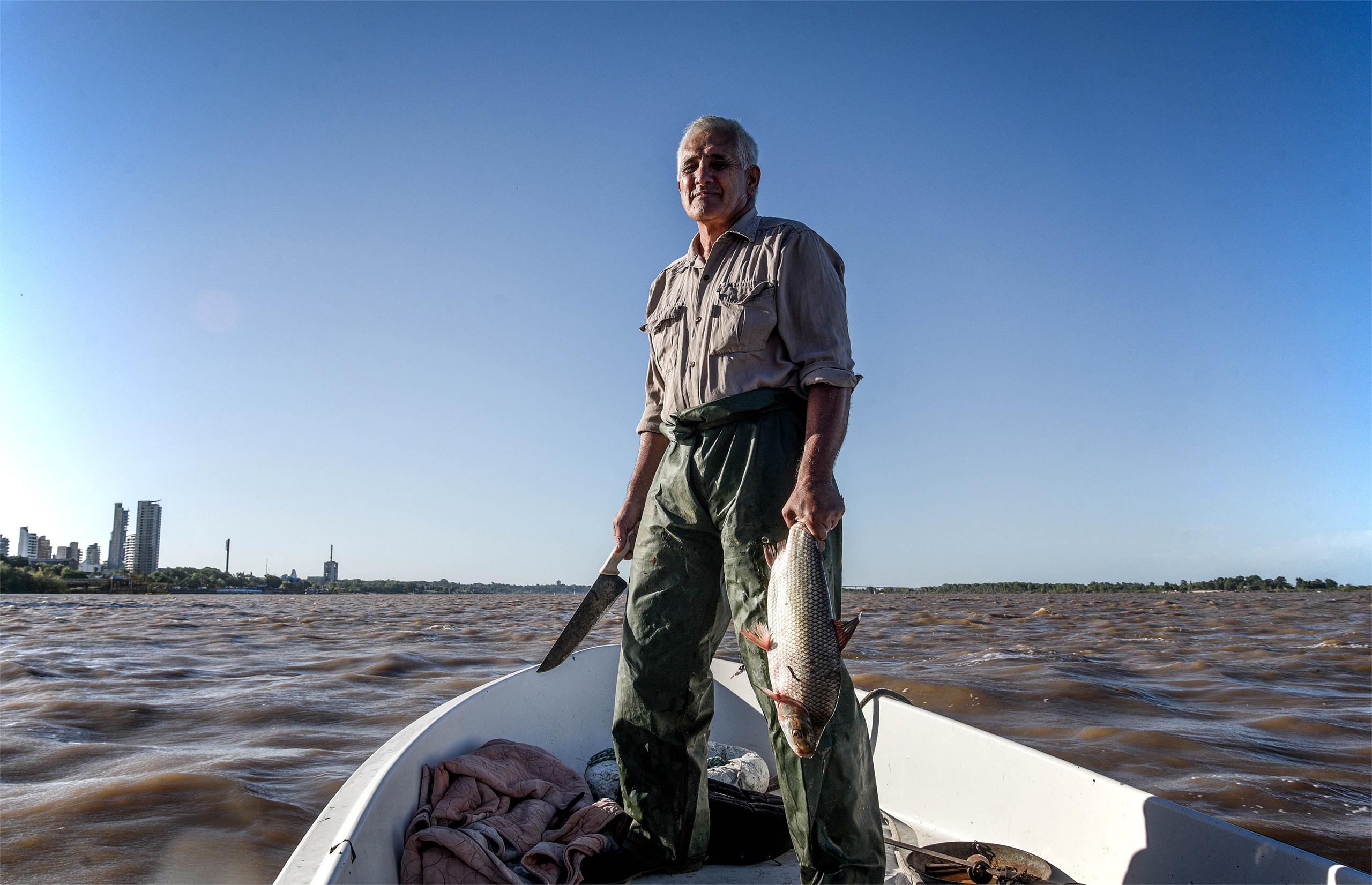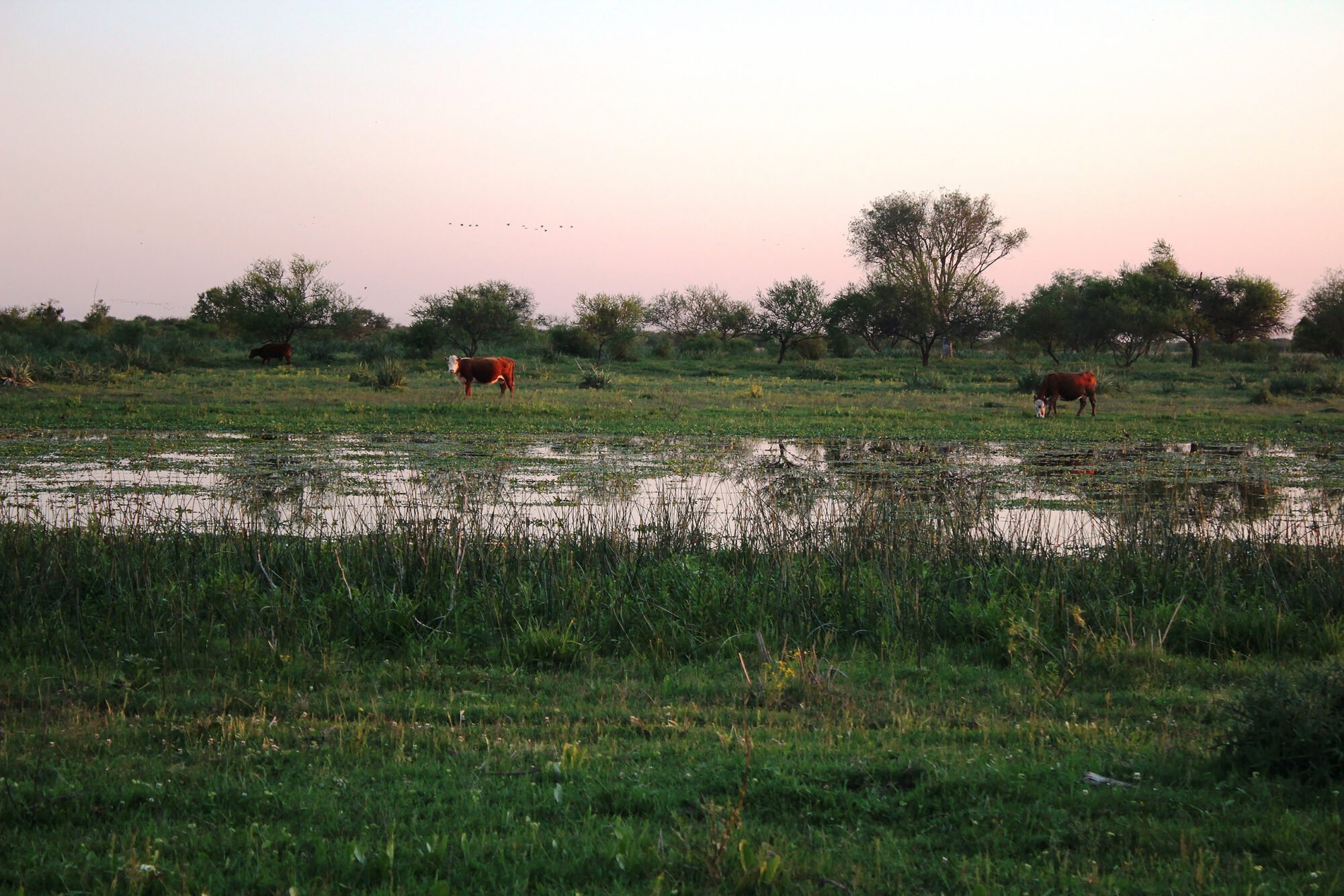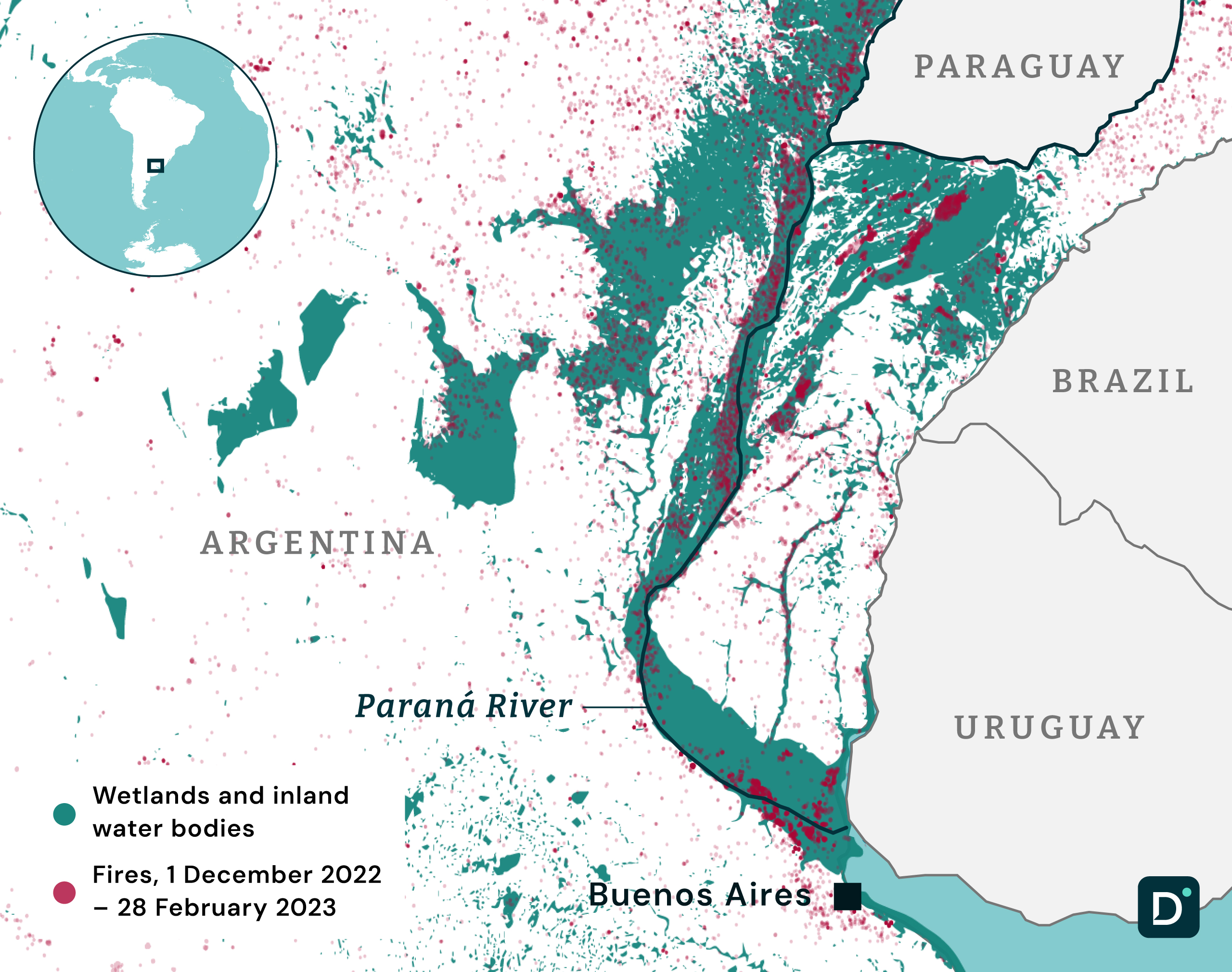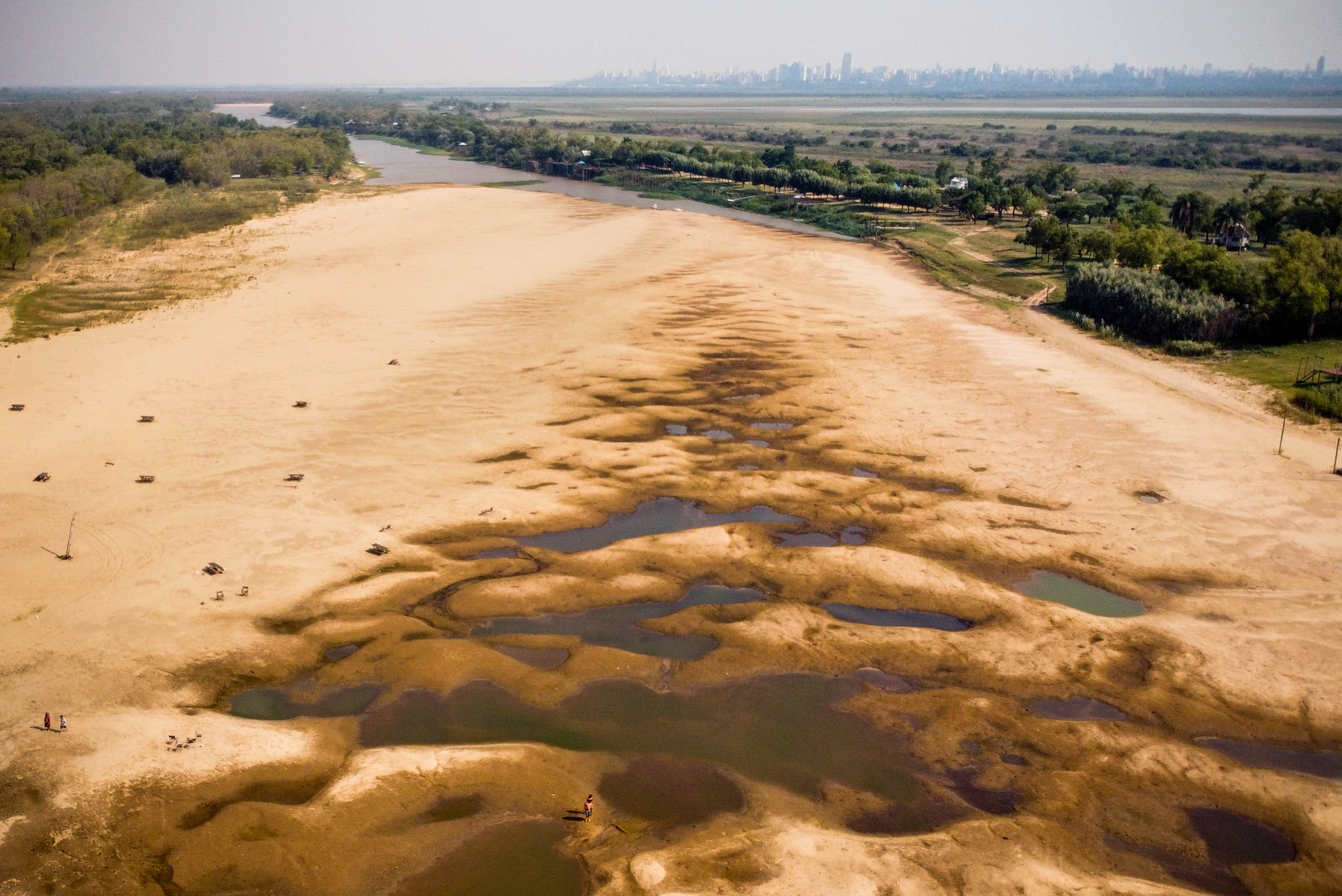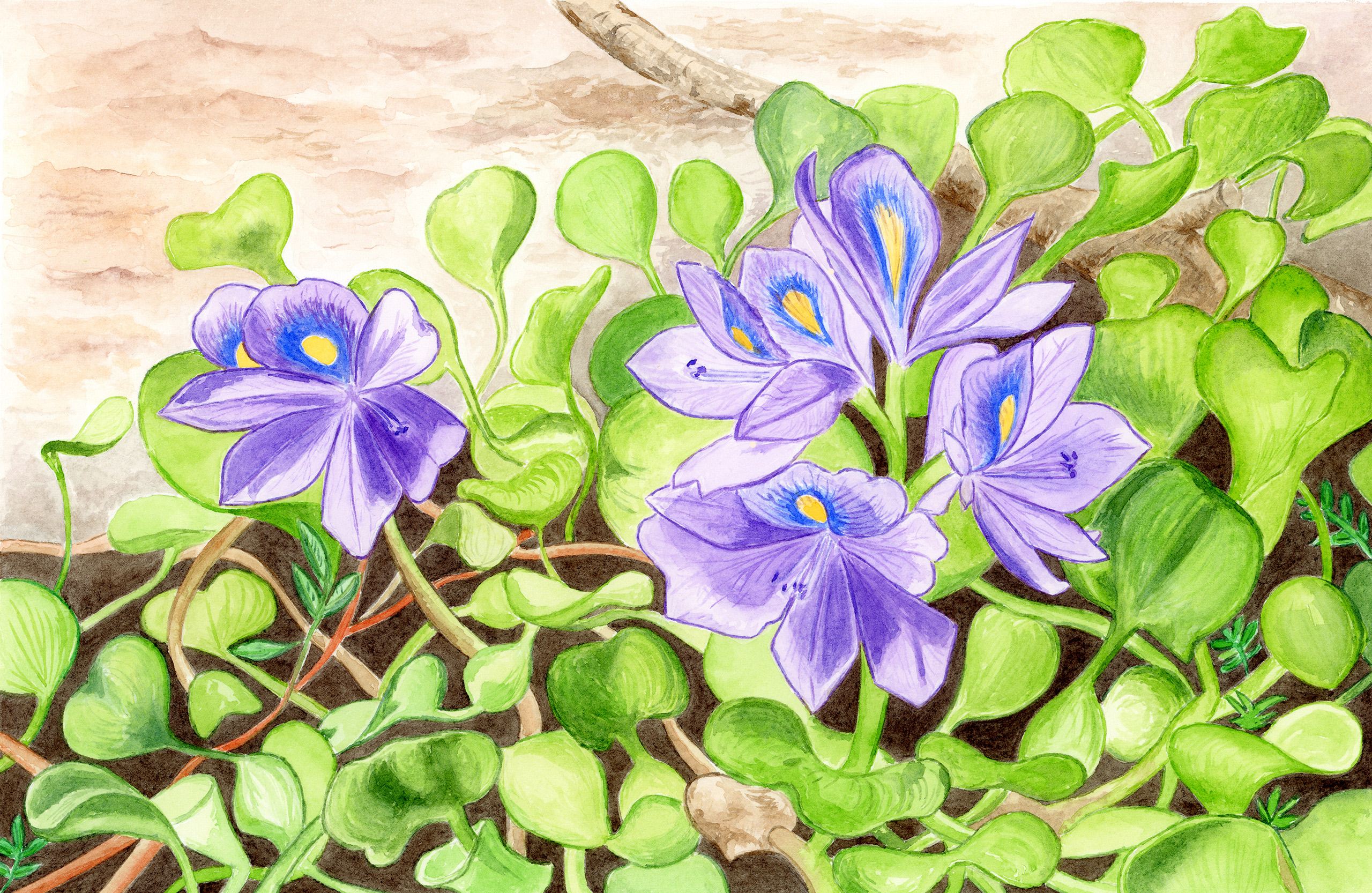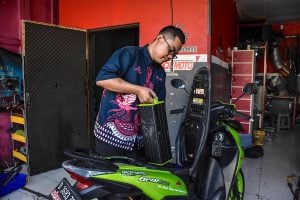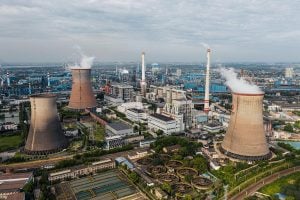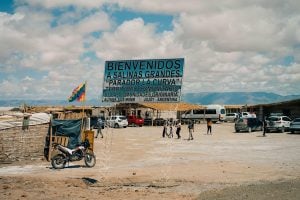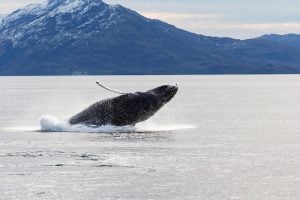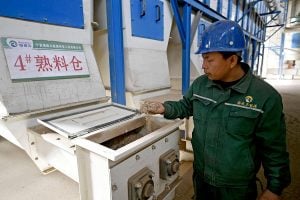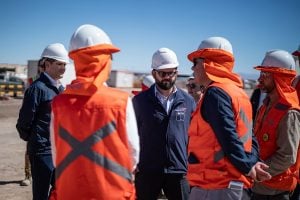For 45 years, Julián “El Negro” Aguilar has been fishing in the brown, silty waters of the Paraná, the river which crosses part of the Southern Cone, creating life and beauty in its wake. “We have the same colour, the river and I,” he jokes, sharing a quick glance telling of his humour, and of his emotion.
Aguilar knows the pulse of the Paraná. He was born close to its banks in Las Cuevas, a small town in the Argentine province of Entre Ríos, in 1960. Back then, the river’s nature was different, moving, still free, wild, and unimpeded, along its almost 5,000 kilometres, from its source in Brazil to its mouth in the La Plata estuary that separates Argentina and Uruguay. He soon settled with his family in the northern part of Rosario, a city located in the heart of Argentina’s most prosperous agricultural region.
His first job was fishing, an activity he took up on weekends when he was seven or eight years old. When he was nine, his father bought a canoe. “When I started working with him, he used to catch surubí, dorado, boga, tarpon – all extra-large fish, which today would be a surprise,” he says. “Only the fish of the season were caught, and some [fishers] still went out to work under sails.”
But today, the river is a different one, filled with uncertainty and variability, and whose essence and behaviour has been affected by an ecological crisis, one driven by human activity. Now, it is a river more travelled, reshaped by human intervention, and more polluted – one which has ceased to run free, having been fragmented along its course.
The South American giant
The Paraná rises at the confluence of the Paranaiba and Grande rivers in southern Brazil, flows through three countries and carries up to 15,000 cubic metres of water per second. The river drains an area of 2.3 million square kilometres and, behind the Amazon, is considered the second most important river in South America due to its extension, the size of its basin and its flow.
The Paraná Delta, the end of the Paraná-Paraguay river wetland system, begins in the city of Diamante in Entre Ríos province. It stretches for 300 kilometres and covers some 2.3 million hectares. Dotted with islands, these wetlands are a source of ecosystem services such as flood and drought buffering, water purification, erosion control and coastal protection, climate regulation, as well as the provision of shelter, feeding and breeding sites for various wildlife species. It also provides resources including fish, foraging, timber, medicine, and materials for construction and clothing.
In recent years, wetlands have become increasingly important for another key reason: their role as allies against climate change. They improve the resilience of communities to its impacts, serve as natural barriers against floods and droughts, and also function as carbon sinks. Despite playing these important roles, these ecosystems remain under great threat from human action – it is estimated that globally, 85% of the wetlands that existed three centuries ago have been destroyed or drastically transformed.
The Paraná Delta, a territory that has been used by humans for productive purposes since ancient times, is no exception to this. Today, in the delta’s upper and middle sections, livestock farming is one of the most important economic activities. Since the turn of the century, a leap in scale has been seen, after the boom in soybean prices helped to fill the fields of Argentina’s agricultural heartlands with this grain.
Fishing is another important activity, with tarpon the most abundant resource. Industrial fishing of this species initially grew with the authorisation of its export in the mid-1980s, and expanded even more in the mid-1990s: between 1994 and 2004, annual exports of the fish ballooned from 2,785 tonnes to 32,000 tonnes, according to a 2008 assessment by the Argentina agriculture ministry. This led to “a reduction in the average size of fish caught due to increased fishing [intensity]”, it noted.
Between 2015 and 2018, that amount ranged between 15,000 and 20,000 tonnes, according to official data. This extractive practice was highlighted as an environmental problem on multiple occasions by different organisations and academics, who even called for a review of this policy during the last big fall – which began in August 2019 and lasted until the end of 2023 – to allow for the recovery of commercial species.
The era of fragmentation
According to a 2022 report published by the World Wide Fund for Nature (WWF), freshwater ecosystems are one of the most threatened parts of the Earth’s biosphere, with up to 83% of freshwater species populations estimated to be in decline. In addition, only 37% of rivers over 1,000 kilometres in length remain free-flowing along their entire length, and only 23% flow uninterrupted to the oceans.
There are increasingly fewer free rivers left in the world, and the Paraná is no longer among them. In its delta, one of the greatest threats to the ecosystem is the construction of dams and embankments. According to a Wetlands International report, 10% of the delta region was occupied for such purposes in 2005, and this increased to 14% by 2018. In many cases, this aggressive alteration of the territory’s hydrological regime has been necessitated for livestock farming, which seeks to facilitate the circulation of water to support such activities, or prevent it from entering the interior of the fields.
Carving the river
Human action has changed not only the visible natural elements of the Paraná, but also what cannot be seen. Carlos Ramonell, a geologist specialising in river morphology at the National University of the Littoral, explains that alongside changes resulting from the direct and indirect anthropisation – or conversion by humans – of the ecosystem, rivers have a pulse of natural changes due to their own natural movements. Human action has impacted the regulation of flows – not only of water, but also sediments.
“From a physical point of view, a river not only moves water; it also moves a mass of sediment, which is what gives it its identity and constitutes it, because that is where the island formations it generates come from. For that, you need land,” says Ramonell.
“Currently, what the Bermejo [a tributary river] contributes to the Paraná represents 90% of the fine sediment of the river downstream,” Ramonell explains. “Before Itaipú [the hydroelectric plant shared by Paraguay and Brazil], the Bermejo represented 56% of the sediment contribution. It is not that now this river contributes more, but that the rest contribute less,” he adds.
“Here, we have an indirect impact of human action on the river, since the dams in Brazil retain fine sediments, and this changes the composition of its solid flow.”
Why does this matter from an ecological standpoint? Because with fine sediment comes nutrients, which constitute a more suitable substrate for vegetation, explains Ramonell: “A sandy soil, which is usually more sterile, is not the same as a silty-clay soil with a texture and structure that is more suitable for this.”
A river becomes a waterway
Due to geographical conditions and the region’s own agro-industrial history, the Paraná is the natural outlet for grains and cereals produced in central and northern Argentina, as well as in Paraguay, Bolivia and even parts of southern Brazil.
A section of the Paraguay-Paraná river, stretching 3,442 kilometres, from Puerto Cáceres in Brazil to the Río de la Plata, has been turned into a navigation waterway project known as the “Hidrovia”, after a private company with European capital that has held the concession for the dredging and beaconing of the navigable section since the 1990s.
That the river’s natural identity has been eroded by use of the term “waterway” is not gratuitous. In their report on potential environmental impacts of the waterway in the middle section of the Paraná River, researchers Martín Bletter and Luis Espínola note that dredging tends to “simplify the morphology and hydrology [natural movements] of the river currents, with negative ecological consequences for the structure and function of these ecosystems.”
Specifically, the waterway “has direct, indirect, temporary and cumulative environmental impacts” that can affect ecosystem services and the aquatic system through the loss, degradation and fragmentation of river habitats and associated flora and fauna, they note.
The new normal
The Paraná of the 21st century is said to face threats that severely push the natural limits of this territory. Julián Aguilar says he can point to many ways in which the river has changed significantly. One is the Rosario-Victoria Bridge, a 60-kilometre network of bridges and road links that has divided the islands in two and facilitates access to an island territory that was previously cut off from the mainland. “The bridge and the road caused an ecological disaster in the wetland. Feedlots were installed and embankments were built for cattle,” he says. “It changed the scale.”
The expansion of soybean crops into this humid region contributed to the growth of cattle herds in the wetlands. “The expansion of soy and the deepening of agriculturalisation reconfigured livestock farming in the country,” displacing agricultural frontiers where there are advances of intensive production, noted a 2007 paper by the NGO Taller Ecologista, seen by Paraná Extremo. It added that “livestock was displaced from the Pampas region to marginal areas of lesser agricultural suitability”, and that other factors encouraged the growing use of these lands, such as the construction of the Rosario-Victoria Bridge and the policy of leasing public lands. In the Paraná Delta, cattle ranching increased tenfold between 1997 and 2007. With the increase in scale, many ranchers began using fire during the dry months of the winter as a management tool to raze the dry vegetation on the land and encourage the regrowth of pastures in the spring. Fires in the delta escalated from mid-2019, causing a low water level in the Paraná basin that lasted until the end of 2023 – the longest on record, according to the National Water Institute.
According to calculations made by Paraná Extremo, based on reports from the Antonio Scasso Natural Science Museum in San Nicolás, between 2020 and 2023, 82,000 fire hotspots were detected in the delta, with an average area of 14 hectares for each spot. In just over three years, a total of 1.2 million hectares, just over half of the territory covering 2.3 million hectares, experienced burning.
‘I have never seen fires like these’
Luisa Balbi, who is about to turn 60, has lived on the islands opposite the city of Villa Constitución in Santa Fe province for 35 years. Here, she keeps bees and farm animals. The mother of five comes from a family of fishers, but says it is difficult to catch good fish nowadays because there is “a lot of predation”.
“When I was a girl, we lived off fishing; there were more species than now and they were bigger,” Balbi recalls. She adds that she has never seen such a long period of low water level, nor as dangerous fires as those of the last few years. The flames consumed everything, including the soil, vegetation and animals themselves, she says: “There was no more field, nothing. Everything was burnt; even the otters and the birds. I saw capybaras jumping into the water out of desperation.”
Julián Aguilar remembers a similar picture. “I have never seen fires like these. I have seen fires, yes, and cows too, but never like these last few years,” he says. “At the peak of the fires, you couldn’t breathe. We had to put a wet handkerchief in our mouths to be able to lift the net.”
This transformation of the territory, as described by local residents, has been corroborated by science. Guillermo Montero is an agricultural engineer who led a team from the National University of Rosario that studied the impact of fires in the area. “There were three consecutive years of drought and low water levels, something never seen before, and any fire spread without limits,” he says.
The intensity and duration of the burning was such that researchers detected a new phenomenon: the soil appeared to be covered by a varnish: a layer about 5 millimetres thick that appears when temperatures exceed 800 celsius, making it hydrophobic. “Even when it rained, the water was not absorbed; small lakes formed. It was a notable side effect of the burns,” Montero explains.
New climate, new questions
According to the World Meteorological Organization, 2023 was the warmest year on record, with a global average temperature of 1.45C above pre-industrial levels. Argentina was not spared from the heat, recording an average temperature anomaly of +0.83C compared to the 1991-2020 reference period, according to the National Meteorological Service.
What influence does climate change have on the behaviour of the Paraná? According to Juan Borus, a civil engineer specialising in hydraulics at the National Water Institute, there are several reasons the river is different today than when he started following it 40 years ago: “One of the reasons for this is that we are much more Paraná-dependent than before, be it for navigation, tourism, fishing, power generation or water intake,” he says. “Another reason is climate change, which generates uncertainties and a lot of variability.”
For the Paraná river today, nothing seems to be as it was before. Can the river sustain its natural cycles in a reality marked by anthropogenic interventions and the pressures of a warming planet? Borus is ambivalent: “When I was finishing 2022, after three years of drought and low water, I thought that the river had changed forever. At the same time, I see that it maintains an important resilience; it is self-cleaning, self-healing,” he says. “Many questions remain open regarding its recovery.”
For Guillermo Montero and agronomist José Vesprini, from the National University of Rosario team, who have worked on the idea of the loss of ecosystem identity, more needs to be understood. “Ecosystems always recover; in fact, the islands are very changeable and dynamic, and they are being put together and dismantled all the time,” Montero says. “We want to know what the ecosystem looks like when it returns to its state of equilibrium and some species of flora and fauna become more massive, while others become rarer. If this is ratified over time, we lose our identity.”
Can nature recover after so much aggression? “The burnings destroy everything, but nature is [ultimately] recovered,” Aguilar observes, “although not in all its variety and dimension”.
This article was originally published on Paraná Extremo, a multimedia project documenting changes to the Paraná River in Argentina and stories of its residents. This translated version has been abridged and lightly edited with permission.
